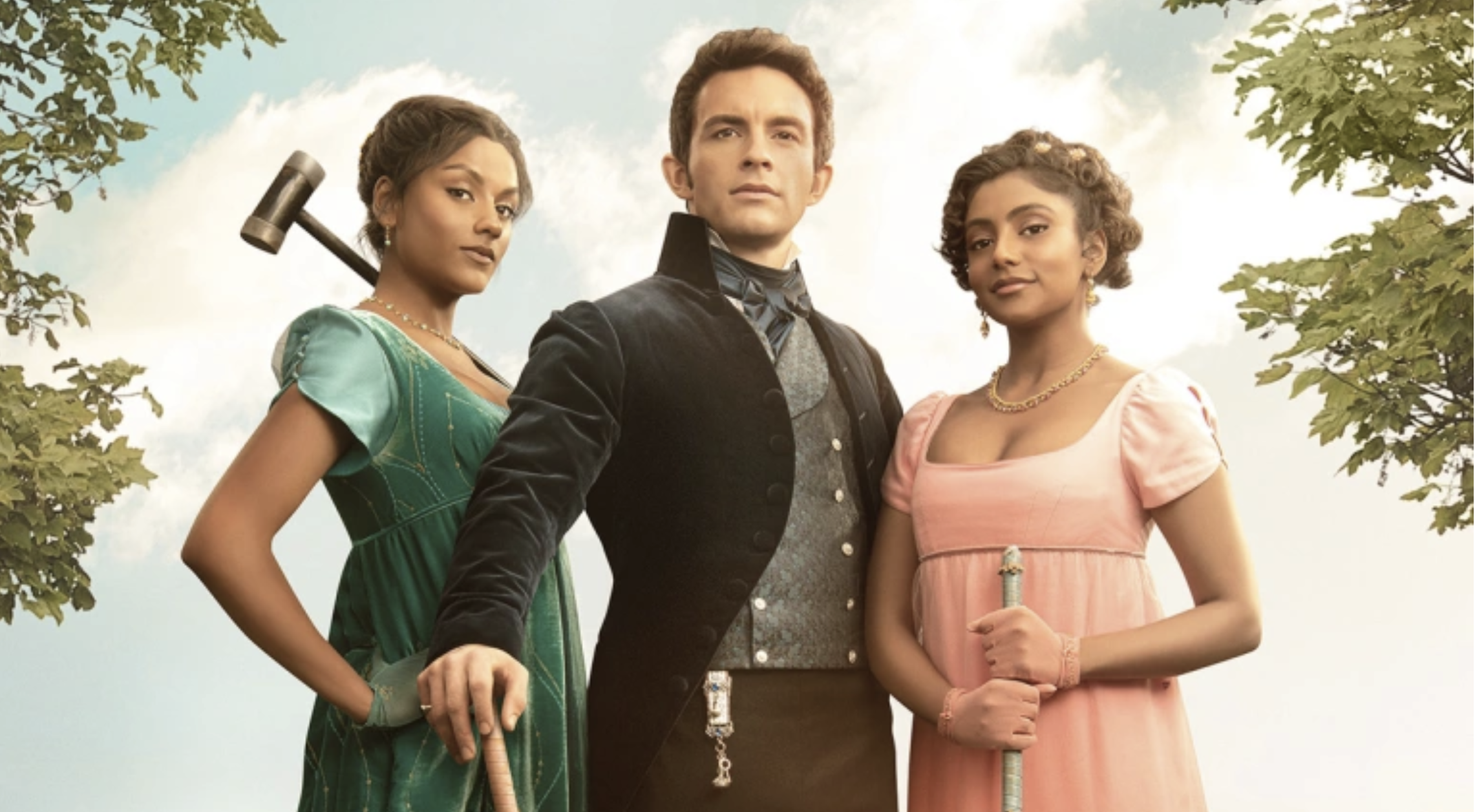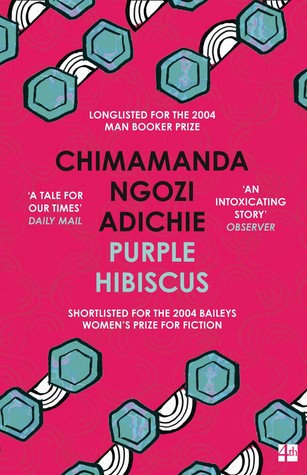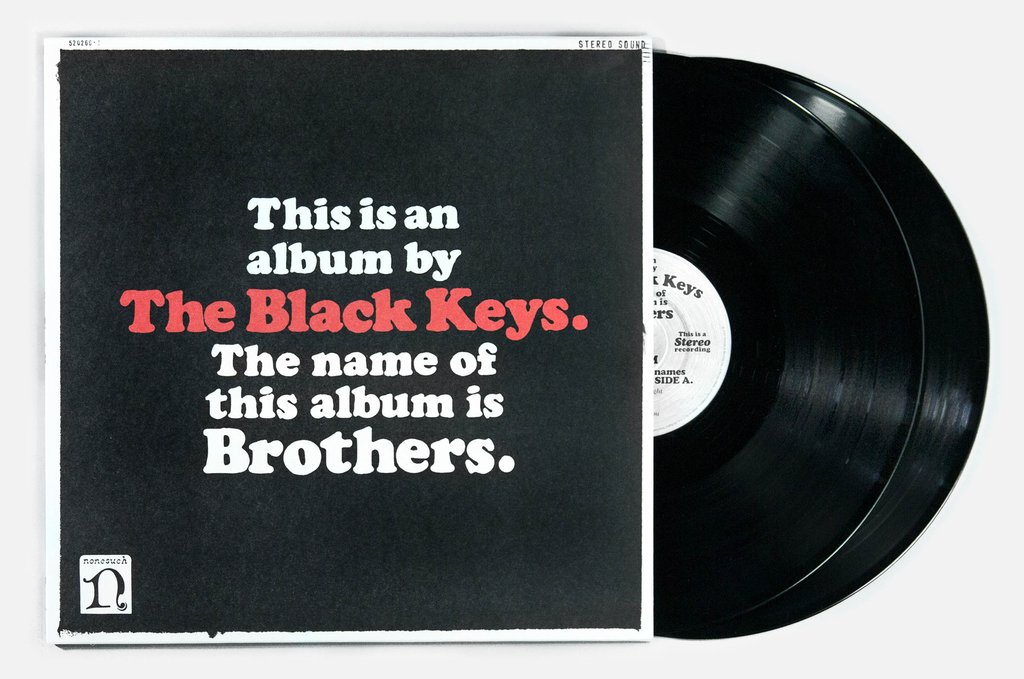By Fiona Meagher, year 9
Bridgerton came out in December 2020 on Netflix to great success. The show is based on a series of eight romance novels by Julia Quinn, each centered around one of the eight Bridgerton siblings. Set in London in the early 1800s, Bridgerton gained popularity due to its beautiful sets and costumes, as well as the compelling romances and charming characters. I found the first season to be rather boring, over-the-top and overly dramatic. I expected that the second season would be more of the same, and though I was hesitant to watch it, I was pleasantly surprised to find that I genuinely enjoyed it.
The first season was centered around Daphne Bridgerton, a young noblewoman trying to find a husband. She attends many balls and other various social events, and is named the “diamond” of the social season by the Queen herself. Meanwhile, a new gossip columnist named Lady Whistledown gains popularity and declares Daphne unmarriageable. To salvage her chances of finding a husband, the Duke of Hastings offers to pretend to be courting her so he can avoid actually getting married and she can gain more attention. Unsurprisingly, they fall in love. I didn’t remotely enjoy season one. I found both Daphne and the Duke to be unlikeable characters and wasn’t very taken by their love story. Any aspects of this show I could have found charming were overshadowed by how annoying I found the main characters. While I definitely understood the appeal, I gave up halfway through.
Season Two follows the eldest Bridgerton brother, Anthony, with freshly-shaved sideburns, ready to find a suitable wife and make her the Viscountess. After having a failed love affair with an opera singer, Anthony does not hope to fall in love and only seeks a wife to become the woman of the Bridgerton house and have his children. He has a precise list of what would deem a woman “perfect” for this role, and thinks he has found her in Edwina Sharma, a young woman who is kind, intelligent, and beautiful. The only issue is her slightly overprotective older sister Kate, who openly disapproves of his attempts to court her sister. Edwina checks every box on his list, and seems very taken with him, but it’s clear he has no love for her and they have very little chemistry. Anthony and Edwina’s sister Kate, however, form an intense love-hate relationship. Meanwhile, it’s also his younger sister Eloise’s turn to find a spouse, but she rejects the role she must play in society and greatly dislikes every part of the social season.
In my opinion, the second season was a huge improvement compared to the first. The characters were more developed, the plotlines more entertaining, and the conflicts felt more captivating. The primary improvement in the second season was the relationship between Anthony and Kate. From the start they have great chemistry, and their scenes together only get more intense as the show progresses. The dialogue and acting in their scenes together is phenomenal, making them the highlight of the season. Their relationship develops a lot more slowly than that of Daphne and the Duke in the first season, but it makes for significantly more gripping television. In Season One, it felt like there wasn’t anything significant keeping the couple apart, which makes the audience much less interested in the plot. Both characters are likable and complex, and they bring out the best in each other. Still, it’s quite difficult to watch when Edwina, unaware of the pair’s chemistry, is convinced that they dislike each other and attempts to make them bond. I do wish that Edwina’s character had been explored a bit more, as it seems she has always been pushed to play the role of being “perfect” and the audience never really learns about what she really wants or enjoys doing. I found that the leading couple really changed how I saw the rest of the show. Having a more complex and likable couple made me appreciate the show as a whole significantly more.
One of my favorite things about Bridgerton is that it doesn’t take itself too seriously, and tries to embrace and enjoy the more over-the-top or unrealistic elements of the show. Unlike some other period pieces and romantic dramas, this show (especially Season Two) is cleverly funny and isn’t afraid to poke fun at itself, without losing its emotionality in more serious parts. The show is also visually very beautiful; care was clearly put into coordinating the sets and the costumes. The colors always complement each other in a way I, personally, greatly appreciate. The costumes, hair and makeup are also very elaborate and lovely. The Queen, who plays a large part in the show, wears many impressive elaborate costumes and wigs.
To conclude, I think that this show has greatly improved. Not only is the main storyline more interesting than beforehand, but it feels overall better developed and more captivating, entertaining and enjoyable in general. It feels like there was real care put into the production of this season at every step, which is clear throughout the eight episodes. If you enjoyed Season One, you will enjoy this one too (if not more) and even if you didn’t, I would give it another chance, as I didn’t expect to like it myself. Needless to say, I am eagerly anticipating the third season.



